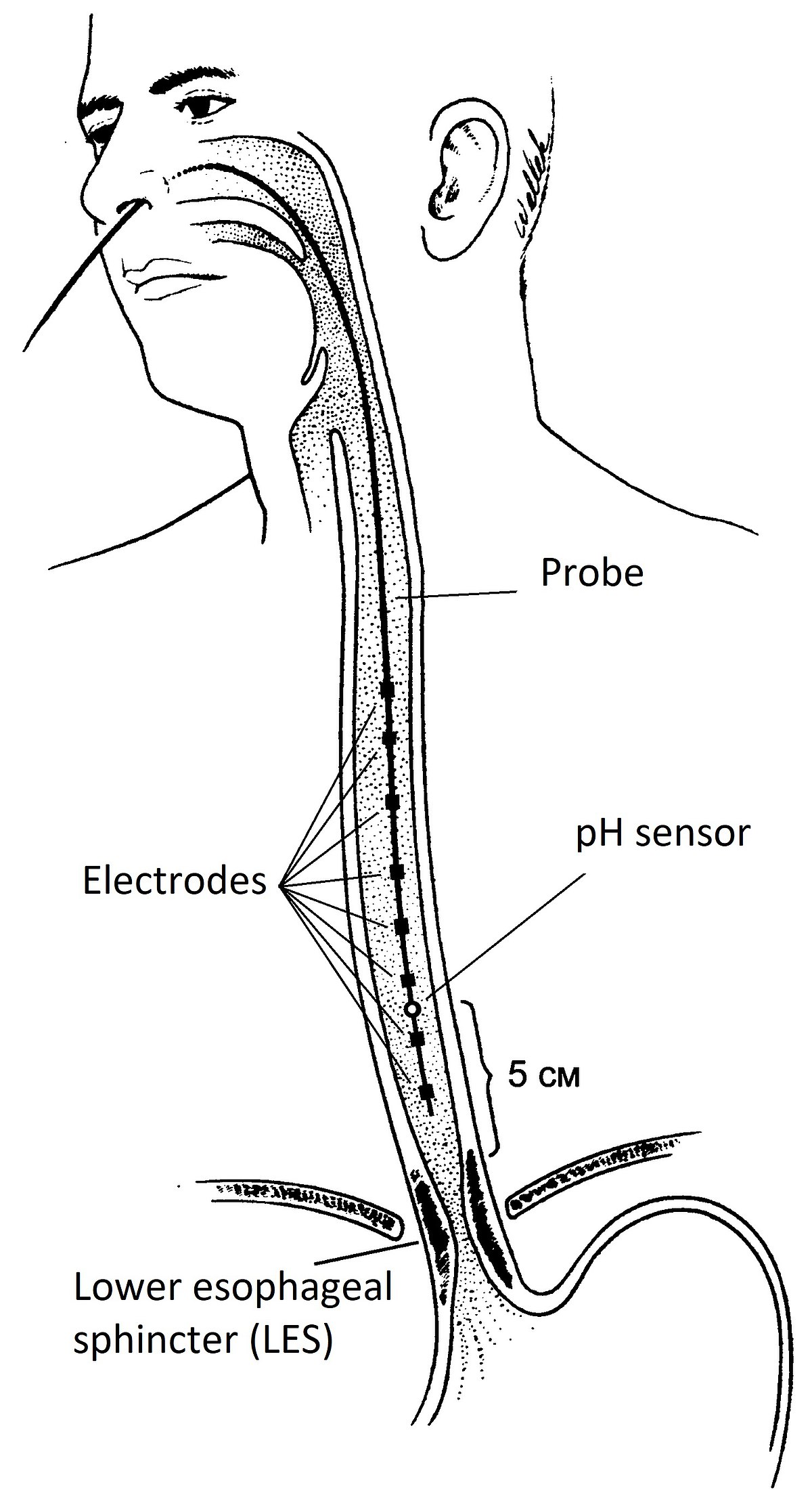-
drpvashistha@gmail.com
- +91 9004229819
Impudence Ph metry
Esophageal impedance pH monitoring provides quantitative data on esophageal acid exposure and has the ability to correlate the symptoms with acid exposure events. The nomenclature for the reflux patterns detected in impedance pH monitoring as well as the normal values have been determined. Data interpretation is similar to 24-hour pH monitoring, ie, searching for an increase in the number of reflux episodes, prolonged acid or volume exposure or increased numbers of proximal reflux events. In particular, the key clinical measurements for impedance testing on proton pump inhibitor therapy are the number of acid and non-acid reflux episodes and their relationship with the symptoms using the symptom index or symptom-association probability.
The impedance–pH monitoring test determines if the patient's symptoms are related to acid reflux, related to nonacid reflux, or not related to reflux of any type. A positive GERD diagnosis is made if acid or nonacid reflux precedes symptoms in a statistically meaningful manner.

